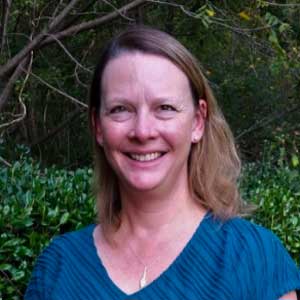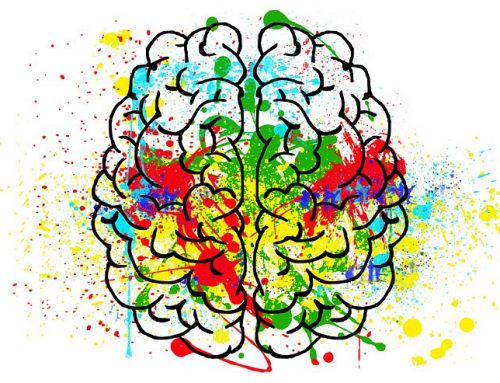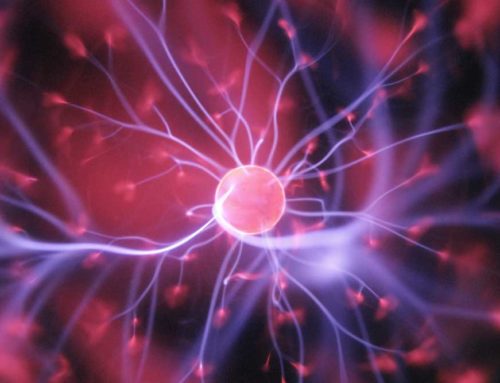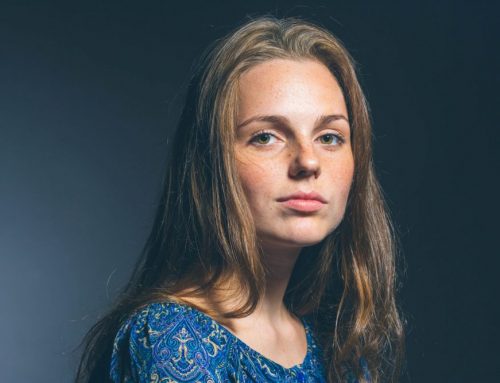Cellular and Molecular Mechanisms Governing Cortical Surface Area Overgrowth in iPSC-derived Neural Cells from Longitudinally Characterized Autism Individuals
2018 Award: $49,720
Many individuals with autism spectrum disorder exhibit larger brain volumes early in life. By mimicking and studying brain cells from subjects with ASD and subjects without ASD, Dr. Hazlett and her team are working to determine the underlying pathologies of brain overgrowth. These results will help identify biological markers which will inform more personalized early treatments for ASD.
Need/Problem: Autism spectrum disorder (ASD) is an etiologically heterogeneous disorder that affects 1 in 68 individuals, and confers a lifelong burden to most affected individuals and their families. ASD has been consistently characterized by early brain overgrowth in neuroimaging studies.
Grant Summary: We will generate and study neural cells from individuals with ASD and matched controls who have been profiled with behavioral assessments and neuroimaging since infancy in order to identify cellular and molecular mechanisms leading to early brain overgrowth.
Goals and Projected Outcomes: Insight into these mechanisms will further understanding of disease pathogenesis, delineate convergent biological pathways within a heterogeneous disorder, and will inform targeted early therapeutic intervention.

Heather Hazlett, PhD
Grant Details: Induced pluripotent stem cells (iPSCs) are an excellent model system to study cellular and
molecular mechanisms regulating cortical surface area because they allow generation of neocortical neural progenitor cells (and their neuronal progeny) directly from well-characterized patients and controls. iPSC-derived neural cells also allow for cell-type specific measurements of gene regulation and gene expression, biological processes critical to inter-individual variability in post-natal cortical surface area and brain size. In this proposal, we will pilot derivation of cellular and molecular phenotypes in iPSC-derived neural progenitors and neurons from extensively phenotyped participants of the Infant Brain Imaging Study (IBIS) Network. Surface area overgrowth trajectories in infancy (prior to ASD diagnosis) were recently reported in this sample, the largest longitudinal neuroimaging study of infants at high risk for autism.




